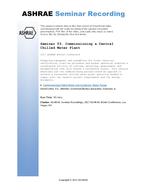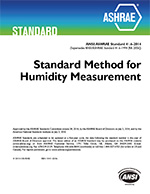Click here to purchase
In the U.S., more than 40% of primary energy and 70% of electricity is consumed in residential and commercial buildings, resulting in annual energy costs of more than $430 billion. Approximately 35% of this consumption can be attributed to losses through the building envelope, of which windows are currently the weakest link. Multiple technologies are under development to improve this performance. This includes dynamic and photovoltaic glazing as well as emerging highly insulating technologies including vacuum insulating glass (VIG), aerogels and thin-glass based multi-pane configurations. While windows are specified based on expected performance as installed, the energy savings realized by high performance windows are delivered over time. This makes it critical to understand and maximize the durability of high-performance windows to ensure those projected energy savings are delivered. Present methods for evaluating durability are based on existing technologies. These methods may not apply or be adequate for newer emerging technologies which often present novel failure mechanisms that need to be understood and evaluated differently. In this presentation, we will discuss our efforts to define appropriate methods to improve the evaluation of many existing technologies as well as evaluate the durability of emerging window technologies. This work results from the combination of an extensive review of various international standards as well as existing scientific literature. In addition, input was gathered from multiple industry stakeholders regarding present practice as well as feedback on proposed improvements to existing methods. Here we will share these findings and present proposed improvements to developing and existing durability evaluation protocols.
Product Details
- Published:
- 2022
- Number of Pages:
- 8
- Units of Measure:
- Dual
- Product Code(s):
- DBldgsXV-C079


